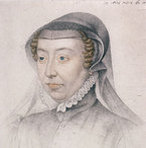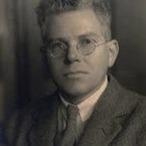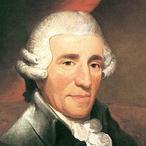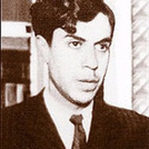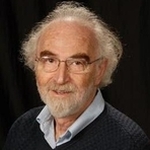|
Oper Frankfurt more than justified it's Opera Company of the Year Award for 2013 with a spellbinding production of Strauss' Daphne. Oper Frankfurt's production of Strauss' sublime Opera, Daphne, was set amid the faded grandeur of a palatial semi-ruin. Grass growing on the steps and in the doorways, floors were warped and discoloured, windows blurred with decades of grime. The story of Daphne’s loss of innocence was being told, not through the eyes of the protagonist, but through those of the protagonists’ older self, who wandered from room to dilapidated room, remembering the events of more than half a century before. It ended, as it began, with the figure of the older Daphne alone on stage, this time tremulously climbing the stairs to leave the house, pausing to look back one last time. It was a truly affecting image, and one which, defined, I think, this interpretation of both Strauss’ music, and the myth itself. This interpretation dealt with the eternally problematic question arising from trying to stage this opera: how to portray Daphne’s metamorphosis into a laurel tree. As with Niobe’s transformation into a statue, this is a most difficult process to represent effectively on stage. It was a stroke of genius on the part of Oper Frankfurt’s to dispense with this altogether, instead giving us the transformation of young Daphne into old Daphne, thus bringing the audience out of the dream-like reverie of Strauss’ music, and into the present, and left to wonder just what effect the experience had on Daphne, and with what emotion she moves forward into the later stages of her life.
Maria Bengtsson’s Daphne was incredibly moving, generous in sound without resorting to hardness at the extremes of the range, and still possessing the youthfulness of tone which characterises the role. Her acting was of the same quality as her singing: easy, never forced, and beautifully crafted. For me the most beautiful scene is that between Daphne and her mother, Gaea. In this scene, Strauss created the lowest lying contralto role in the operatic repertoire, frequently below the stave, reaching Eb3 at its nadir. Tanja Ariane Baumgartner brought both empathy and dignity to the role: her beautiful, warm, and mesmerising tone captivating the audience from her very first phrase. The two tenor roles were taken by Daniel Behle (Leukippos) and Peter Marsh (Apollo). Behle’s Leukippos was something of a revelation. His ardent portrayal was both arresting and poignant, with remarkable security throughout the range. His powerful dramatic tenor sound filled the auditorium without ever hardening or becoming strident. Marsh navigated Apollo’s punishing tessitura heroically, never faltering or straining. Both tenors were convincing actors, fully in character and engagingly natural in both phrasing and gesture. Mention must also be made of Michael Porter’s beautiful lyric tenor voice in the supporting role of 2nd Shepherd, and the wonderful acting of Corinna Schnabel in the silent role of Old Daphne.
0 Comments
In the majestic setting of the Freemasons’ Hall in Trondheim, David Hansen and TSO Tidlig, the Early Music Section of the Trondheim Symfoniorkester, brought the music of the Baroque alive, in a concert that was one of the highlights of the Barokkfest Early Music Festival. 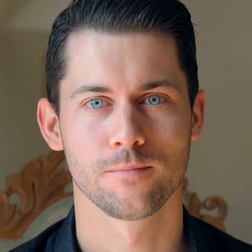 The arias performed by David Hansen were taken from his critically acclaimed debut solo album, Rivals: Arias for Farinelli & Co., and centred on the work of the composer Leonardo Vinci, while the orchestral movements came exclusively from Handel. This concert marked the first time I had heard Hansen perform live. It was immediately apparent that his excellent vocal technique, remarkable high register, and rich mid-range were no mere creation of the recording studio. Hansen's voice is a remarkable instrument, capable of amazing flexibility, tenderness, and power in equal measure. In “Taci o di morte” from Il medo, Hansen impressed with his superb breath control, taking the tension of the music right through the line and continuing into the following phrase. At the end of the B section, Hansen sang in a warm Baritone during an ornament which took him almost an octave below the staff. From the opening blasts of the horns, the fireworks of “Risveglia do sdegno” from Alessandro had the audience in awe. Hansen’s voice coruscated across the mighty range of the aria, displaying remarkable strength during the coloratura passages in the lower-middle area of his voice. In contrast, the opening phrase from “Sento due fiamme in petto” from Il Medo gipped the audience with its haunting simplicity. When Hansen returned to the phrase in the da capo, he rose gently, tenderly up the octave, tantalisingly leaning on the leading note, before concluding with a beautiful pianissimo which floated across the audience. All the musicians came out on stage for the stunning “In bracco a mille furie” from Semiramide riconosciuta. One of the most impressive things about Hansen is his ability to throw out a floating high-soprano note in the middle of a coloratura run, which he did throughout the aria. In fact the ease with which he performs the plethora of A5’s and B5’s is staggering.
The encore came in the form of Leonardo Leo’s “Talor che irato è il vento” from Andromaca. The bravura aria was the perfect way to finish, allowing Hansen to revel in the huge leaps and athletic runs which are trademark Leo. The B5 at the end of the aria was magnificent: full and strong, without being shrill. The orchestral offerings began with the Overture and Minuet from Handel’s Concerto Grosso op 6 no 5. Walter Reiter led TSO Tidlig in a majestic performance of the Overture, full of the requisite pomp and ceremony. The Air in D minor was both enchanting and melancholy, but it was the Concerto Grosso op 6 no 4 which for really blew me away. Reiter’s interpretation of the 1st movement drew out the tenderness of Handel’s composition, while the Allegro was dynamic and exciting. Special mention must go to Jaroslav Havel on ‘cello for managing Handel’s difficult part-writing, where the cello doubles the Viola and the Continuo in quick succession, and to Nils Bergaust who produced a potent and vigorous sound on the Double Bass. This marvellous and exciting concert is one of the offerings in the Trondheim Barokkfest, a yearly occurrence which seeks to bring Early music to the area. This concert series will, hopefully, become a fixture on the Early Music circuit, and draw many other stars like Hansen to this fantastic city. 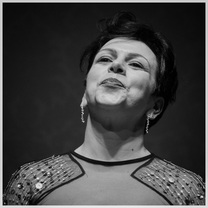 © Minjas Zugik 2014 © Minjas Zugik 2014 Contralto, Sonia Prina returned to the Wigmore Hall after her phenomenal debut to perform arias composed by G. F. Handel for the star castrato Senesino. Handel wrote many heroic roles for Senesino, a man noted for his fiery temperament, each playing to the castrato’s wonderfully rich lower register and to his ability to sing “allegros with great fire, and marked rapid divisions, from the chest, in an articulate and pleasing manner”. Sonia Prina’s amazing technique, and her willingness to explore the lower register of the contralto voice, made her performance a unanimous success: she is truly the Heir to Senesino! Prina chose three intense yet emotionally diverse slow arias in the program. In the first, “Ombra cara” from Radamisto, Prina wove a tale of loss and revenge, her dark voice full of despair and wretched vengeance. In “Pompe vane… Dove sei” from Rodelinda, Prina’s astounding breath control and rich tone imbued the aria with a deep sense of longing. The hypnotic orchestration of “Cara sposa” from Rinaldo, was chillingly delivered by Luca Pianca's Ensemble Claudiana, solidly underpinning Prina’s emotionally devastating delivery. The contrast between the tempi of the A and B sections worked very well, demonstrating the conflicting emotions of the aria. Of the five bravura arias which made up the majority of the program, and the whole of the encores, I must make special mention of the first, “Furibondo spira il vento” from Partenope. Prina’s technique and delivery of the rapid coloratura passages electrified the audience. It was the best performance of this aria I have heard. “Empio, dirò, tu sei” from Giulio Cesare, which was performed both in the first half of the recital, and as the final encore, was truly furious. Prina strutted about the stage, dominating the aria from beginning to end. Her G3 at the end of the B section, and the F3 at the end of the da capo, were utterly brilliant. Bertarido’s “Vivi Tiranno” from Rodelinda saw Prina in triumphant form, revelling in Handel’s superb composition, while “Venti Turbini” from Rinaldo saw her deliver the longs lines of semiquavers with frightening assurance. “Se fiera belva ha cinto” from Rodelinda was a much jollier affair, with Prina and Ensemble Claudiana having a great deal of fun in its performance. The highlight of the concert was the tremendous performance of the two pieces from Orlando: “Cielo! se tu il consenti” and “Ah Stigie larve”. In the first aria, Prina took the triplet phrases at blistering speed, while her characterisation in the second, the Mad scene from Orlando, was so authentic and riveting that it elicited a roar of approval from the audience. The orchestral offerings from Ensemble Claudiana came mainly from Theodora: the Overture, the Larghetto and the Courante. In a change from the program, we were treated to Handel’s Passacaglia Op. 5, Mvt. 4. Each was performed with skill and intelligence, the small ensemble able to tease new meaning out of the familiar pieces. From start to finish the Ensemble, with Luca Pianca at the helm, performed magnificently, their intelligent craftsmanship and nuanced performance both supporting and complementing Prina's Olympian performance. © James Edward Hughes 2014
|
Categories
All
Archives
September 2014
|
MOST VIEWED POSTS
© James Edward Hughes 2013
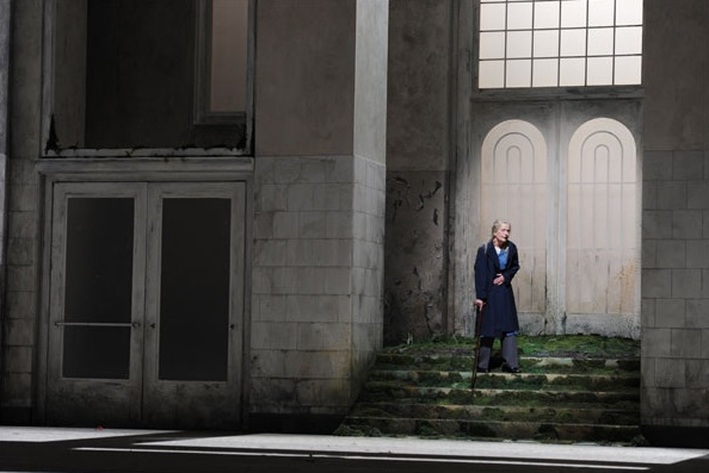
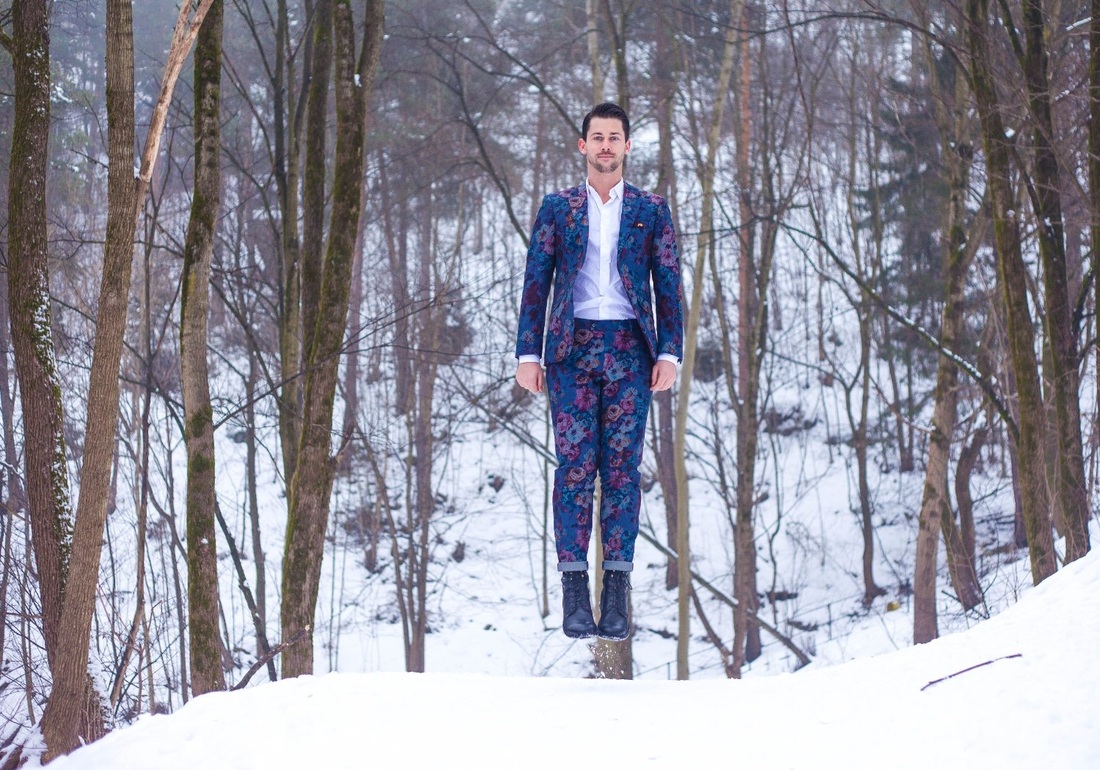
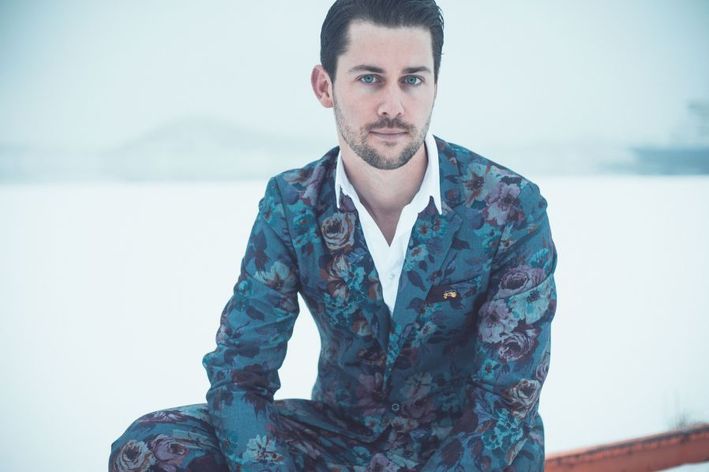
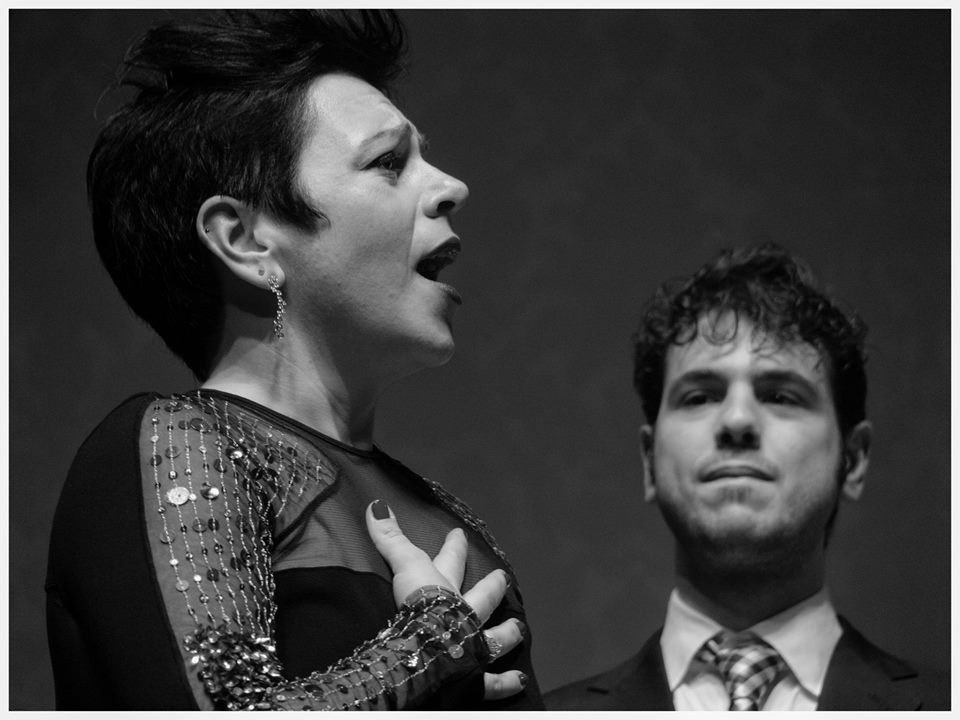

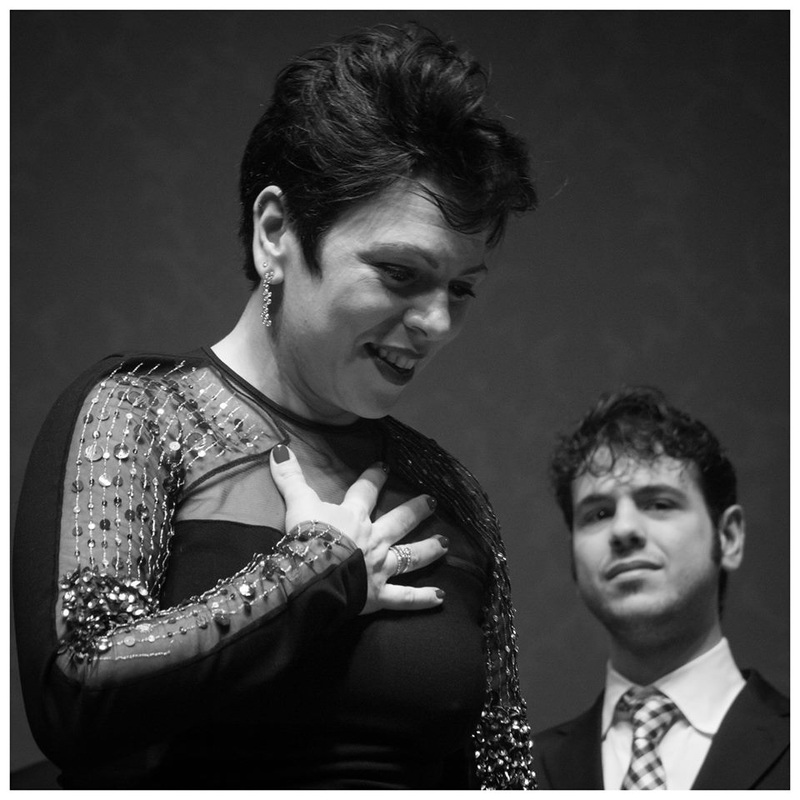
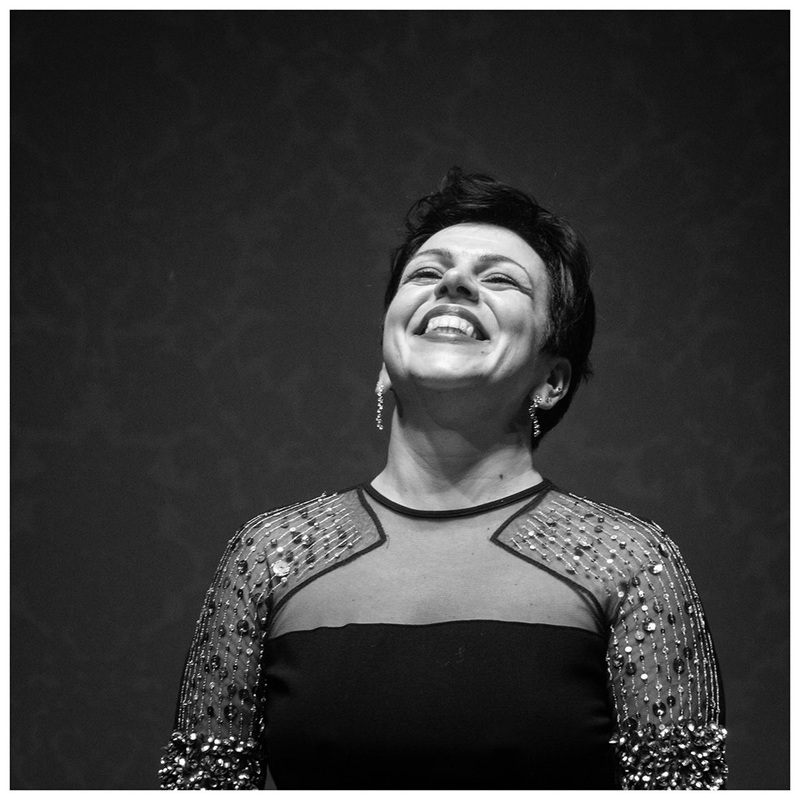
 RSS Feed
RSS Feed
